Landscaping is an essential part of keeping your home looking beautiful and well-maintained. However, it can also be a significant expense. Whether starting from scratch or looking to update your landscaping, it's essential to understand the costs involved.
Factors Influencing Landscaping Costs include:
This article will provide valuable information on landscaping costs, including the factors influencing them, pricing strategies, and tips for budget-friendly landscaping.
Landscaping costs can vary greatly based on a variety of factors. In this section, we will discuss some of the key factors that can influence the cost of your landscaping project.
One of the most significant factors that can impact the cost of your landscaping project is the materials you choose to use.
Some materials, such as natural stone, can be more expensive than others, such as concrete or gravel. Additionally, the size and scope of your project can also impact the cost.
For example, a small garden bed may be less expensive than a large retaining wall.
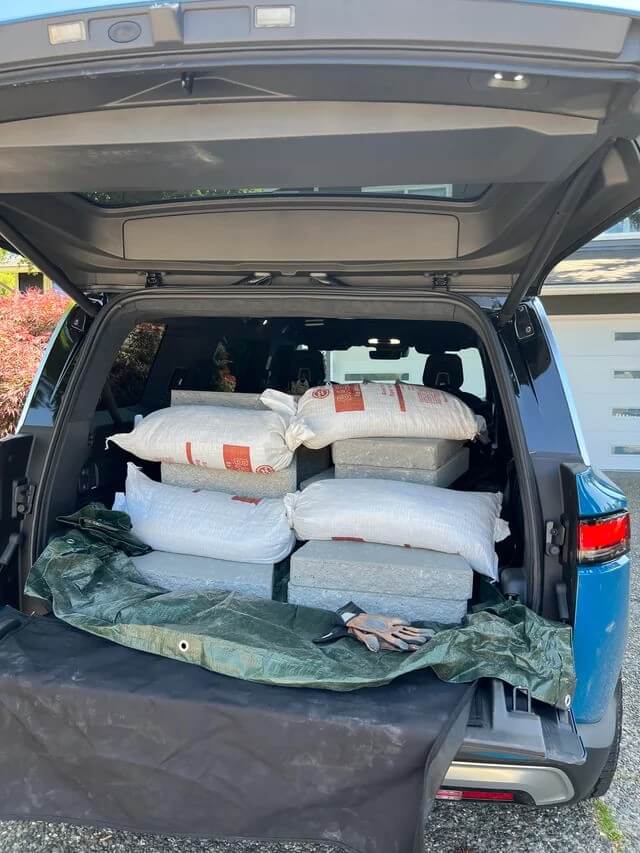
The materials you choose to use in your landscaping project can have a significant impact on the overall cost. Some common materials used in landscaping include:
Each of these materials has its own unique cost considerations, and some may be more expensive than others. For example, natural stone can be quite expensive, while gravel is generally more affordable.
The size and scope of your landscaping project can also impact the overall cost. Larger projects will generally require more materials and more labor, which can increase the overall cost.
Additionally, more complex projects, such as those that involve grading or drainage work, may also be more expensive.
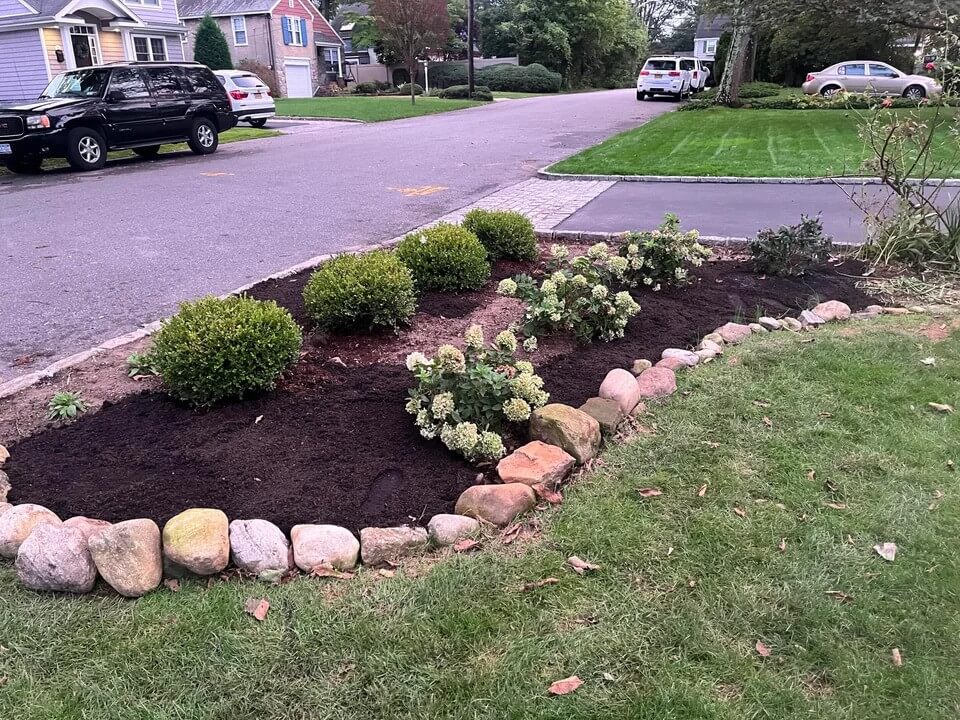
The plants you choose to use in your landscaping project can also impact the overall cost. Some plants, such as mature trees or exotic species, can be more expensive than others.
Additionally, the size and quantity of plants needed can also impact the cost.
Landscaping costs can vary widely depending on the size of your project and the materials used.
However, labor and installation expenses are two major factors that contribute to the overall cost of your landscaping project.
The hourly rate for landscaping varies depending on the type of work being done and the experience of the landscaper.
The hourly rate for landscaping ranges from $50 to $150 per hour. This rate includes the cost of labor, equipment, and materials.
Labor costs can make up a significant portion of your landscaping budget. The amount you pay for labor will depend on the scope of your project and the amount of work required.
According to HomeAdvisor, the average cost of labor for a landscaping project is $45 to $75 per hour. This includes the cost of labor, equipment, and materials.
To get a better idea of the average labor costs for specific landscaping projects take a look at this table:
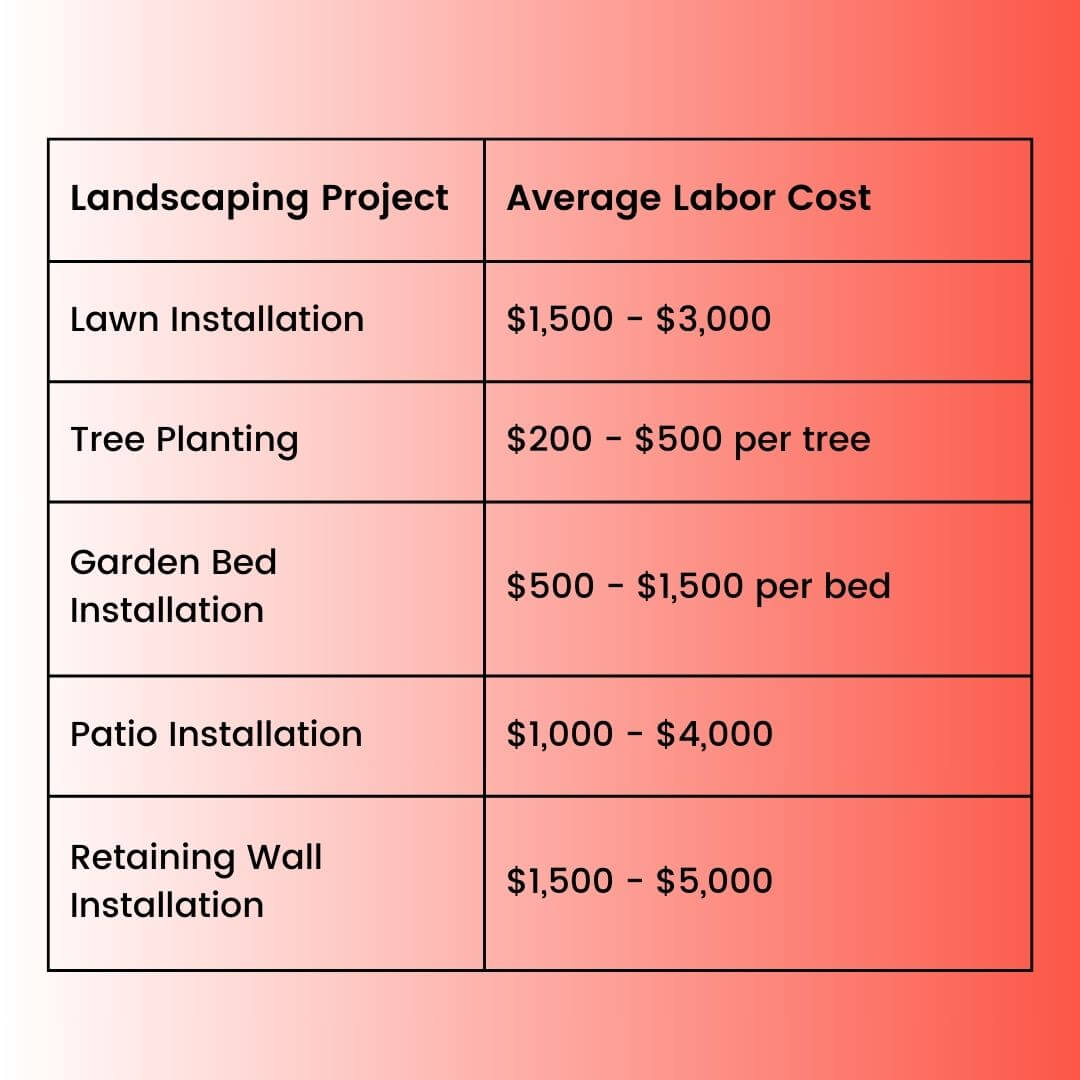
It is important to note that these are averages and the cost of your project may be higher or lower depending on your specific needs and the location of your project.
Therefore, labor and installation expenses are important factors to consider when budgeting for your landscaping project.
By understanding the hourly rate for landscaping and the average labor costs for specific projects, you can better plan and budget for your landscaping needs.
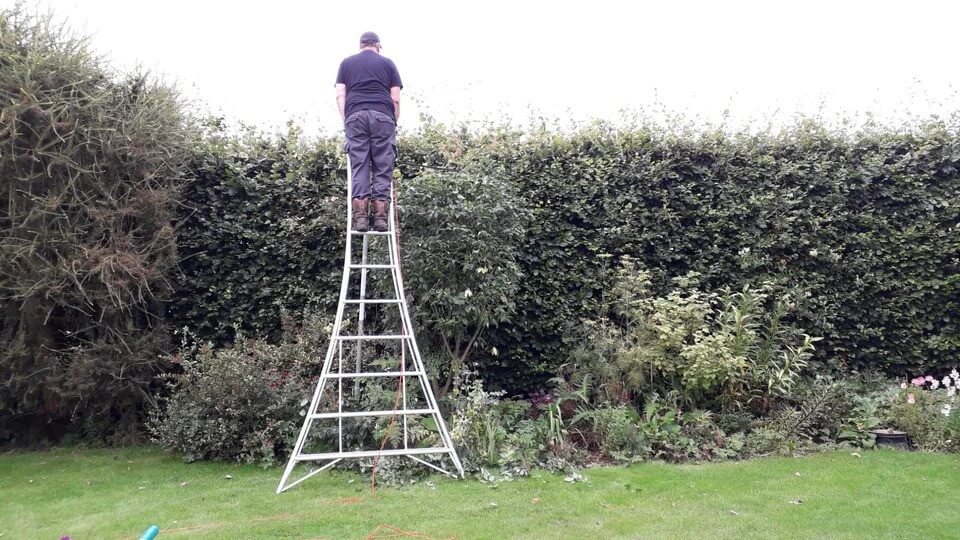
Landscaping maintenance and upkeep is an essential aspect of any landscaping project. Without proper maintenance, your yard can quickly become overgrown and unmanageable.
In this section, we will cover the ongoing maintenance fees that you can expect to pay for your landscaping project.
Regarding landscaping maintenance fees, the cost can vary depending on several factors. The size of your yard, the type of plants and trees you have, and the amount of work required will all impact the cost of ongoing maintenance.
Typically, you can expect to pay between $100 and $300 per month for landscaping maintenance, with an average cost of $200 per month.
To get a better idea of what you can expect to pay for ongoing maintenance, it's a good idea to get a quote from a professional landscaping company. They can assess your yard and provide a more accurate estimate of the ongoing maintenance fees.
One way to save money on ongoing maintenance is to do some work yourself. For example, you can mow your lawn and trim your hedges to save money on lawn care.
However, remember that some tasks, such as pruning trees and shrubs, should be left to professionals to avoid damaging the plants and trees.
Overall, ongoing maintenance fees are essential when planning your landscaping project. By understanding the costs involved, you can budget accordingly and ensure your yard looks beautiful year-round.
If you're looking to beautify your outdoor space without breaking the bank, there are plenty of cost-effective strategies you can use. Here are some affordable landscaping ideas to help you get started.
Planning is one of the most important things you can do to keep your landscaping costs down. This means taking the time to research your options and decide on the most cost-effective strategies for your particular needs.
For example, consider using mulch or shredded leaves instead of expensive hardscaping materials like rocks or brick chips. You can also purchase materials in bulk to save money or look for accessible sources like fallen leaves or branches.
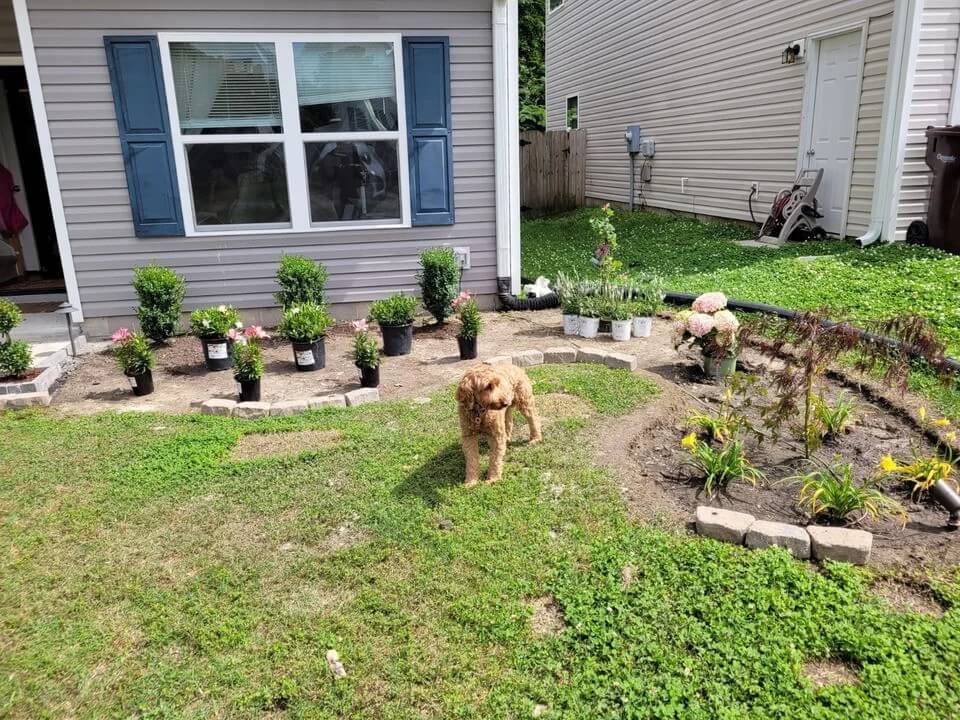
Another cost-effective strategy is to choose plants that are native to your area. These plants are often hardier and require less maintenance than non-native species, saving you money on watering and fertilizing.
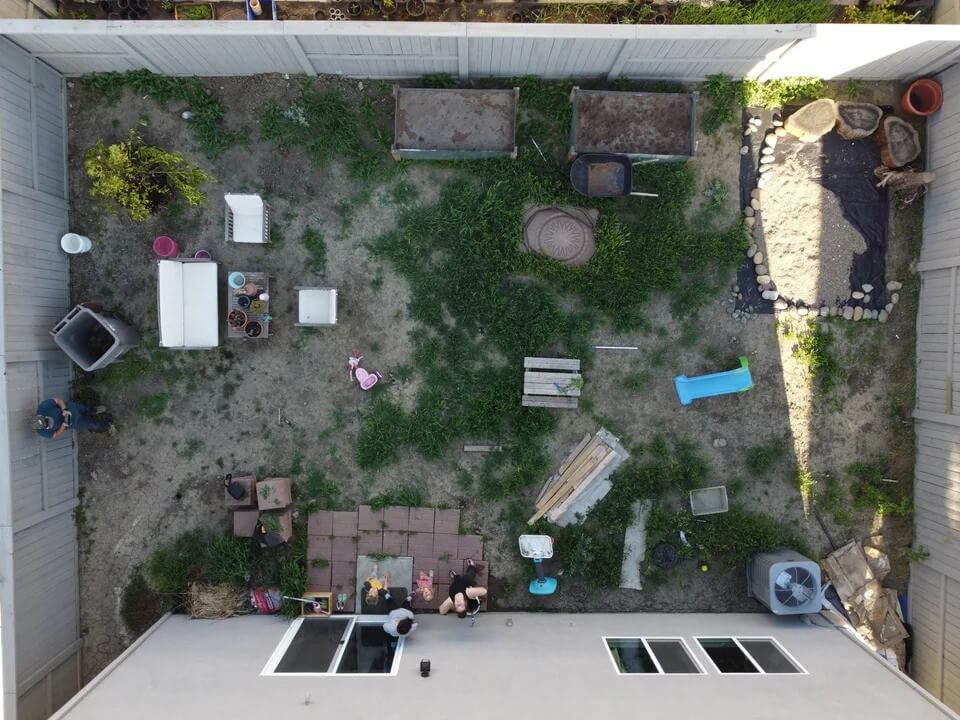
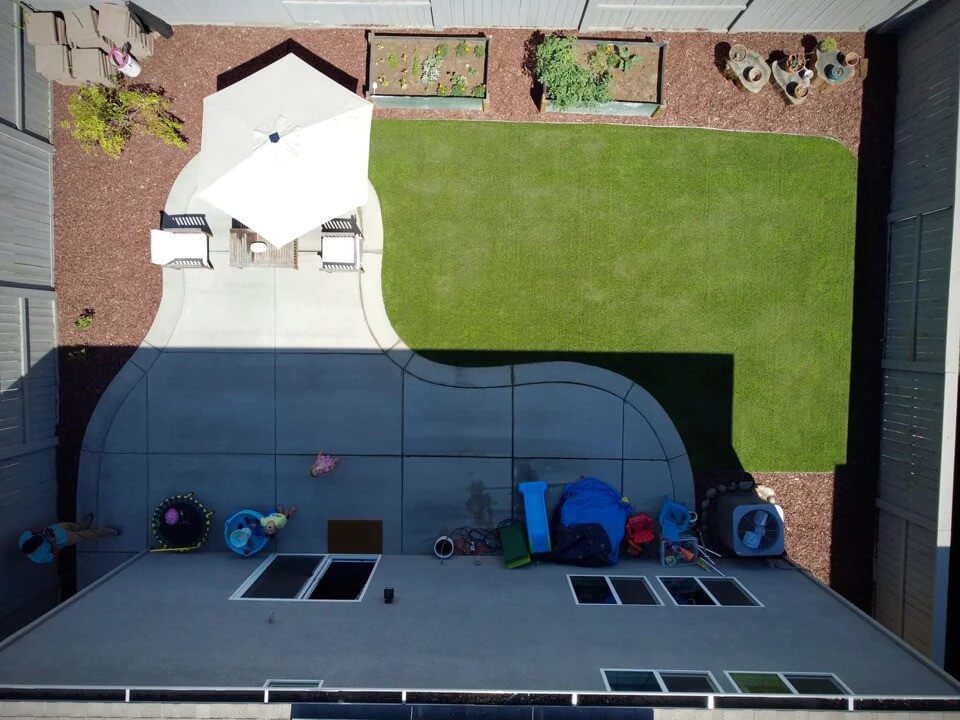
In addition to cost-effective strategies, there are plenty of affordable landscaping ideas you can use to create a beautiful outdoor space on a budget.
Here are a few ideas to get you started:
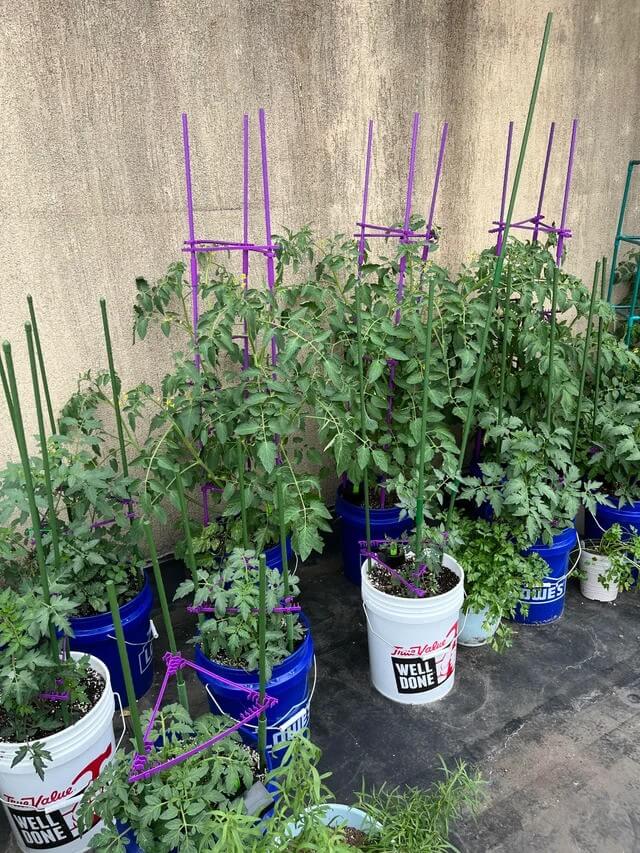
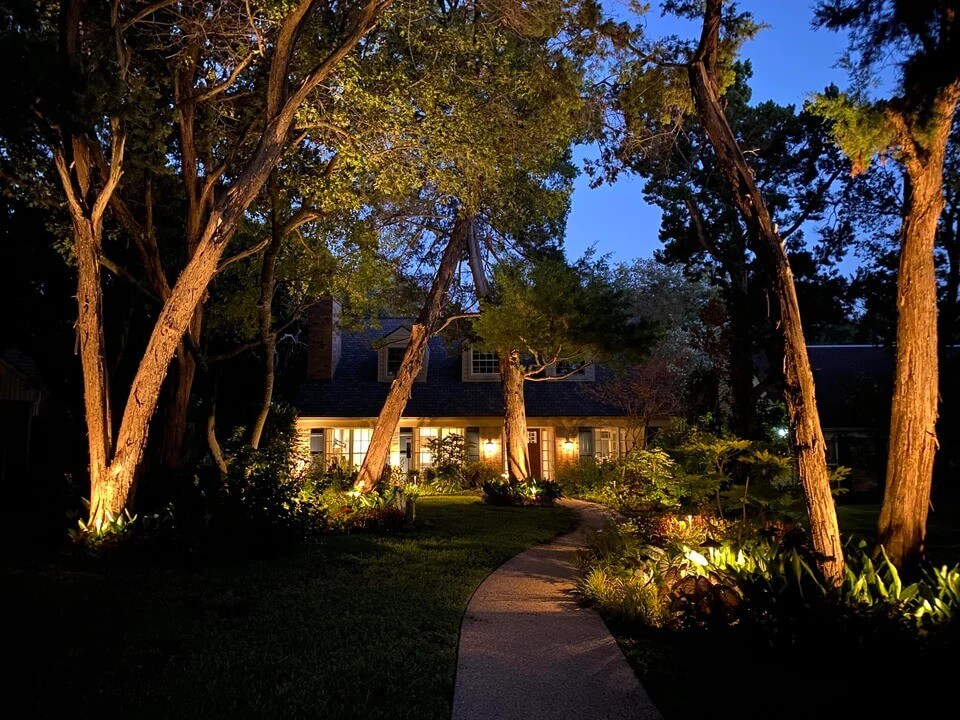
By using cost-effective strategies and affordable landscaping ideas, you can create a beautiful outdoor space without spending a fortune.
Landscaping can be a great way to improve the look and feel of your property. However, when it comes to deciding whether to do it yourself or hire a professional, there are a few things to consider.
One of the biggest factors to consider is cost. DIY landscaping can be cost-effective, but it requires a lot of your own time and effort.
According to LawnStarter, the national average cost of landscaping in 2024 is $12,825, with a typical price range of $4,000 to $20,317.
On the other hand, hiring a professional landscaper can be more expensive, but it guarantees quality work and saves you time and effort.
Here's a table to help you compare the costs of DIY landscaping versus hiring a professional landscaper:
| Cost Comparison | DIY Landscaping | Professional Landscaper |
| Labor | Your own time and effort | Professional labor |
| Materials | Purchase your own | Included in cost |
| Equipment | Rent or purchase your own | Included in cost |
| Expertise | Learn as you go | Professional expertise |
| Quality | May not be as high | Guaranteed high quality |
There are pros and cons to both DIY landscaping and hiring a professional landscaper. Ultimately, the decision comes down to weighing the potential cost savings against the time and effort required for a DIY project.
If you have the time, skills, and patience to undertake a landscaping project yourself, then DIY landscaping may be the way to go.
However, if you want guaranteed high-quality work and are willing to pay for it, then hiring a professional landscaper may be the better choice.
When it comes to pricing your landscaping services, there are several strategies you can use to ensure you're charging fairly and competitively.
Here are some pricing strategies to consider:
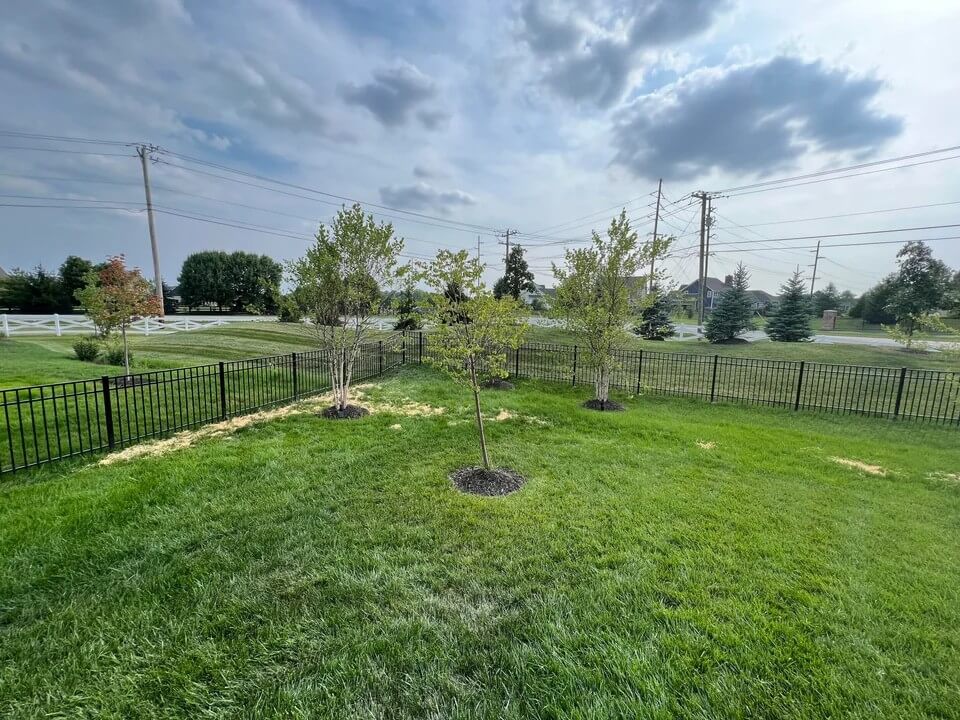
One common way to price landscaping services is by the square foot. This method involves calculating the total square footage of the area you'll be working on and then multiplying that by a set rate per square foot.
This rate can vary depending on factors such as:
Using a cost-per-square-foot pricing strategy can be helpful because it allows you to provide an accurate estimate to your customers based on the size of the project.
However, it's important to keep in mind that this method doesn't take into account other factors that can affect the overall cost, such as the condition of the soil, the accessibility of the site, and the cost of materials.
To ensure that you're pricing your services appropriately, it's important to take all of these factors into consideration when calculating your cost-per-square-foot rate.
Additionally, you may want to consider offering a range of pricing options to your customers, such as a basic package and a premium package, to accommodate different budgets and preferences.
Landscaping can be a great way to enhance the curb appeal of your home and create a beautiful outdoor space. However, it's important to have a clear idea of your budget before embarking on a landscaping project.
Here are some tips on how to calculate your landscaping budget.
One of the easiest ways to estimate your landscaping costs is by using online landscaping calculators. These tools can help you determine the cost of various landscaping projects based on your location, yard size, and the type of project you want to undertake.
Some popular landscaping calculators include the Savvy Calculator and the Inch Calculator.
In addition to landscaping calculators, there are many other resources available to help you budget for your landscaping project. Here are a few tips to get you started:
By using landscaping calculators and budgeting resources, you can get a better idea of how much your landscaping project will cost and plan accordingly.
Remember, it's always better to overestimate your budget than to underestimate it and run out of money halfway through your project.
When planning a landscaping project, it's important to consider seeking professional advice.
Consulting with a landscaping expert can help you make informed decisions and avoid costly mistakes.
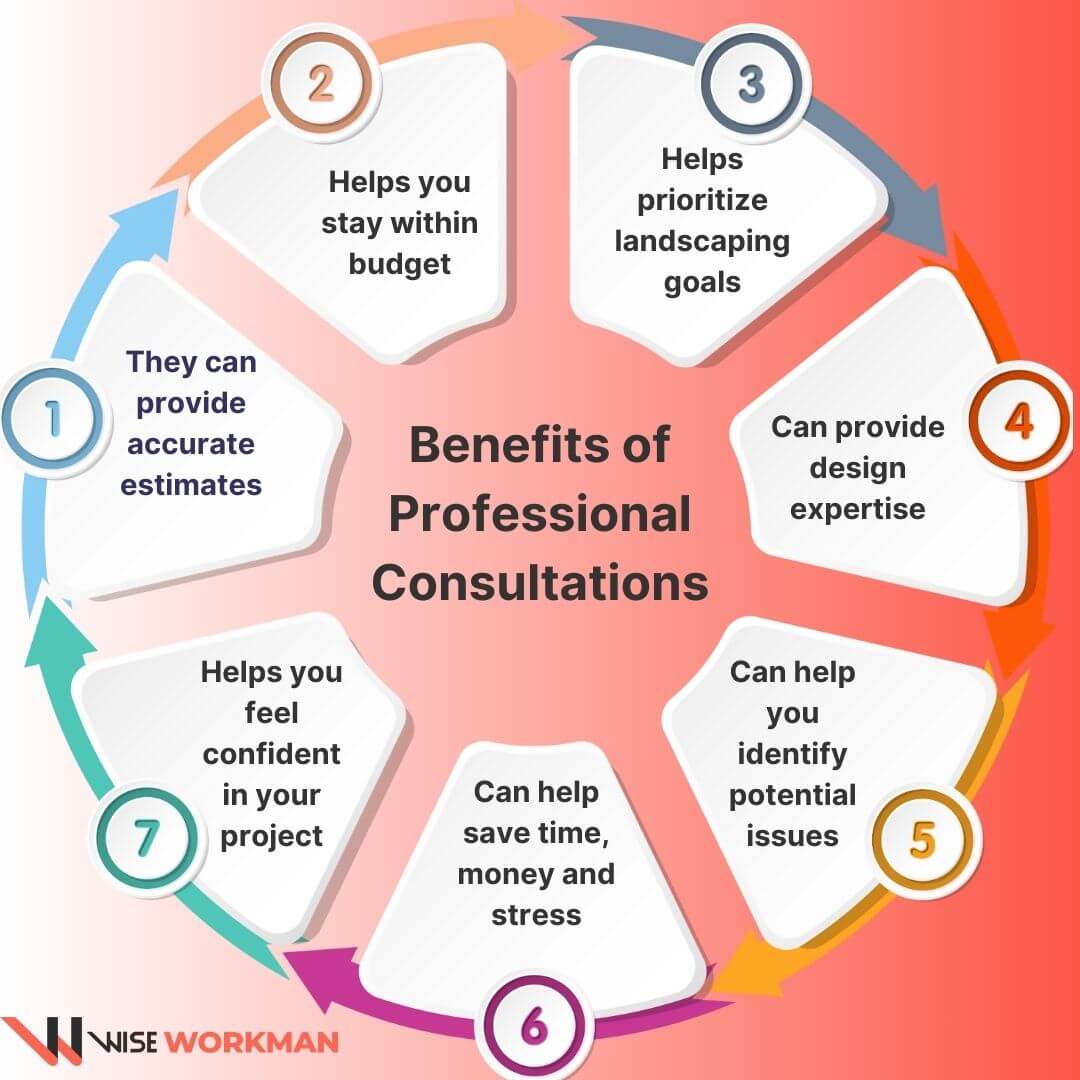
Here are some benefits of consulting with a landscaping professional:
Overall, consulting with a landscaping professional can save you time, money, and stress. By working with an expert, you can feel confident that your landscaping project will be completed to your satisfaction and within your budget.
If you're planning a landscaping project, you're probably wondering how much it will cost. While there's no one-size-fits-all answer, looking at real-life case studies can give you a good idea of what to expect.
In this section, we'll examine some real landscaping projects and their costs.
One thing to keep in mind is that the cost to landscape your front yard may be different than the cost to landscape your backyard.
This is because front yards are usually smaller and require less work than backyards.
For example, according to a case study by Angi, the average cost to landscape a front yard is around $1,500 to $5,000, while the average cost to landscape a backyard is around $5,000 to $15,000.
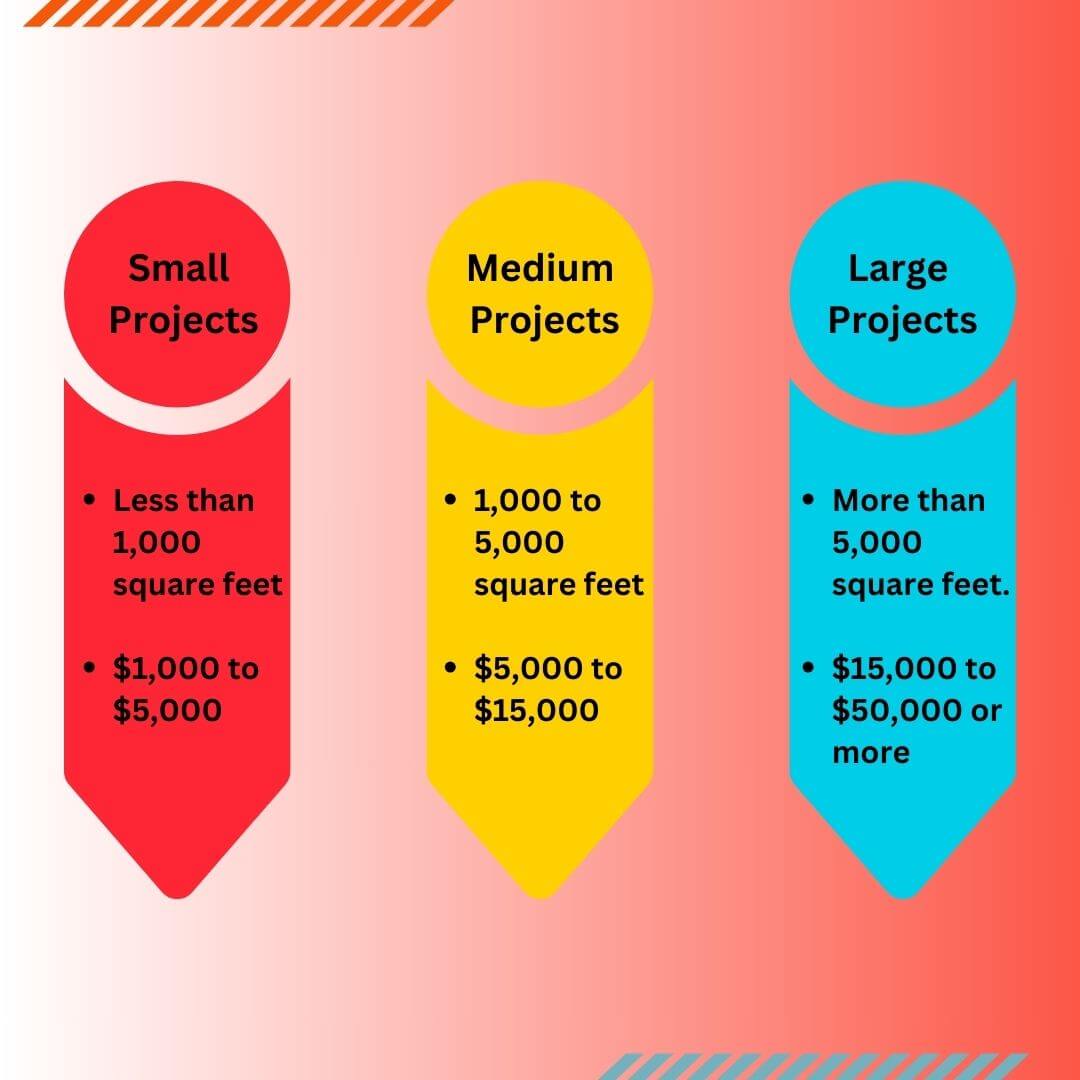
Of course, the cost of your landscaping project will also depend on the scale of the project. Here are some average costs for landscaping projects of various sizes:
Keep in mind that these are just averages, and the cost of your project may be higher or lower depending on various factors, such as the materials you choose, the complexity of the design, and the labor costs in your area.
In summary, landscaping costs can vary widely depending on the type and scale of the project. By looking at real-life case studies and understanding the factors that affect the cost, you can get a better idea of what to expect and plan your project accordingly.